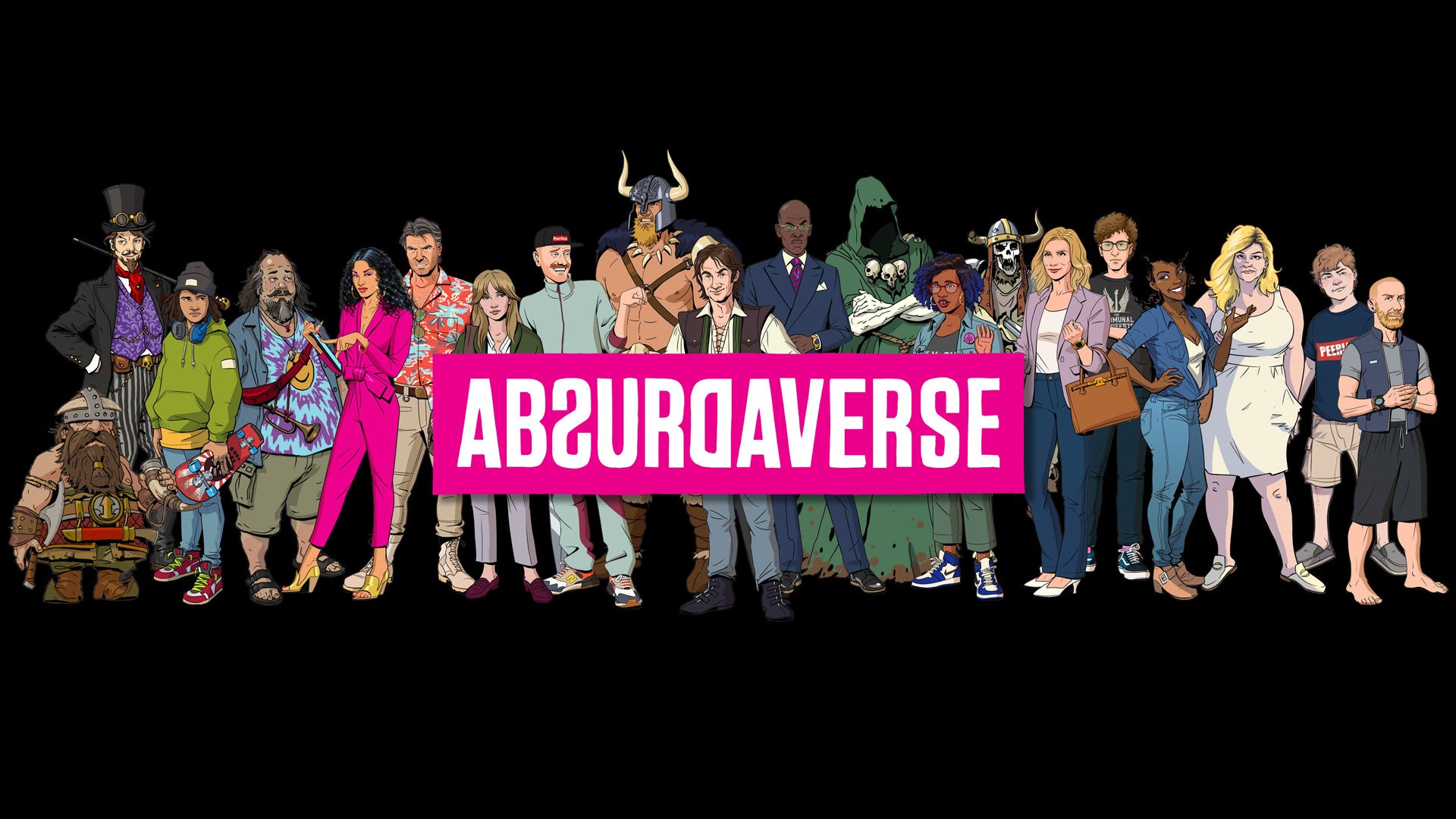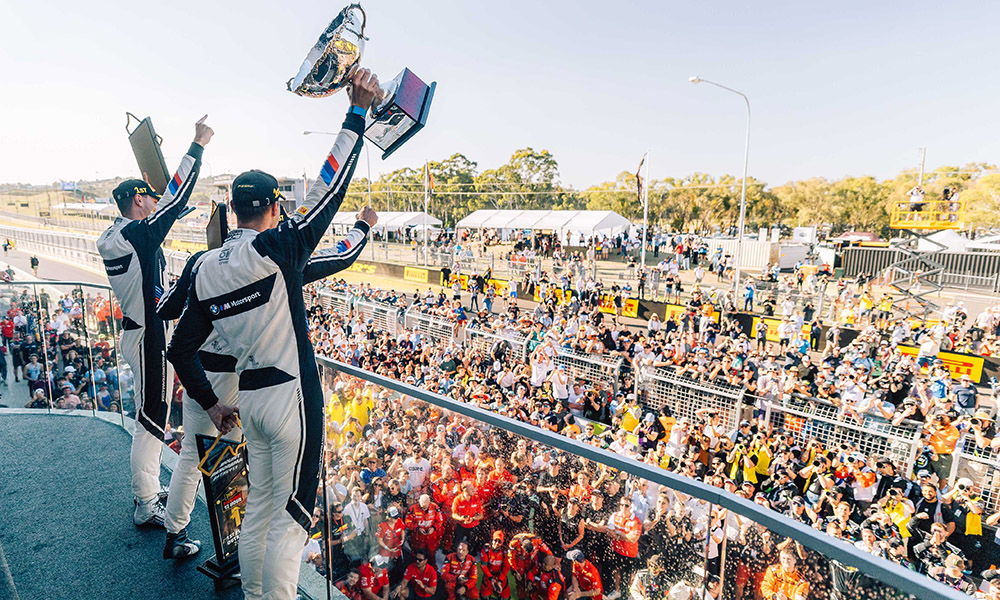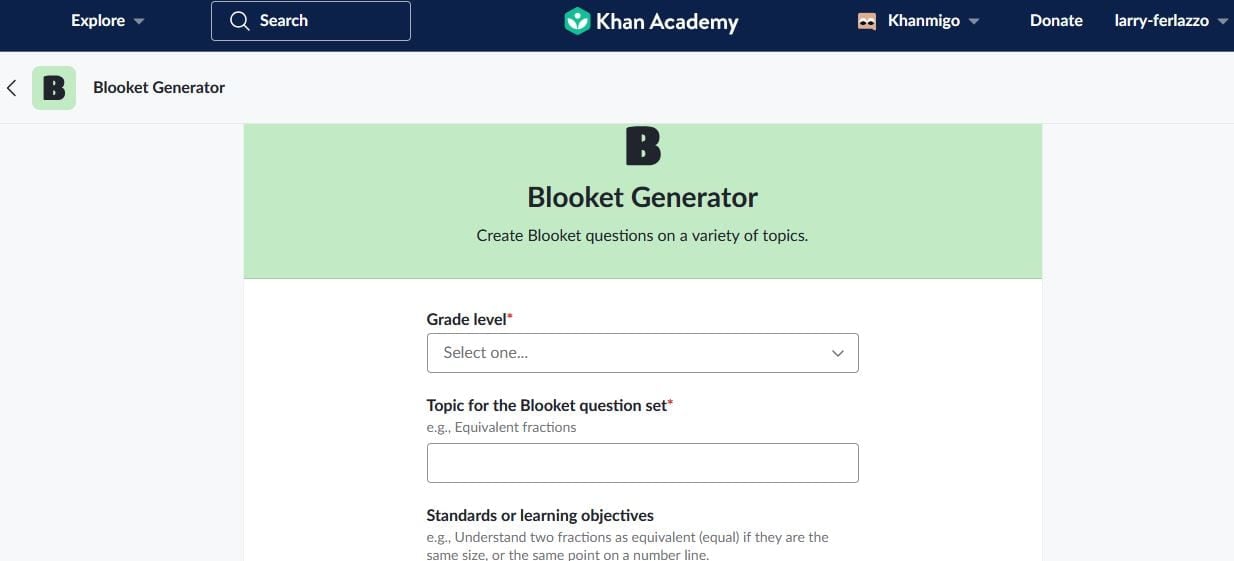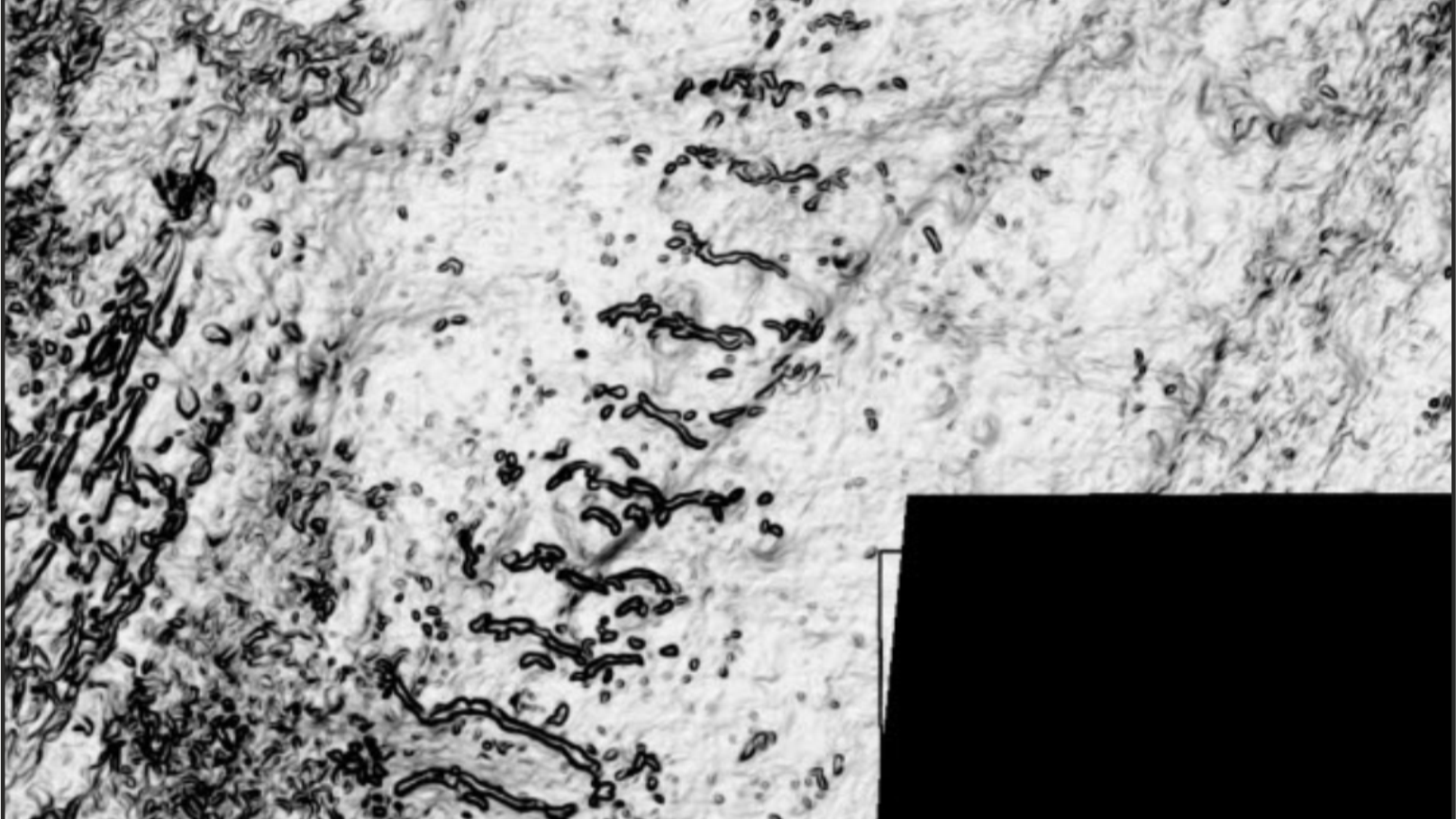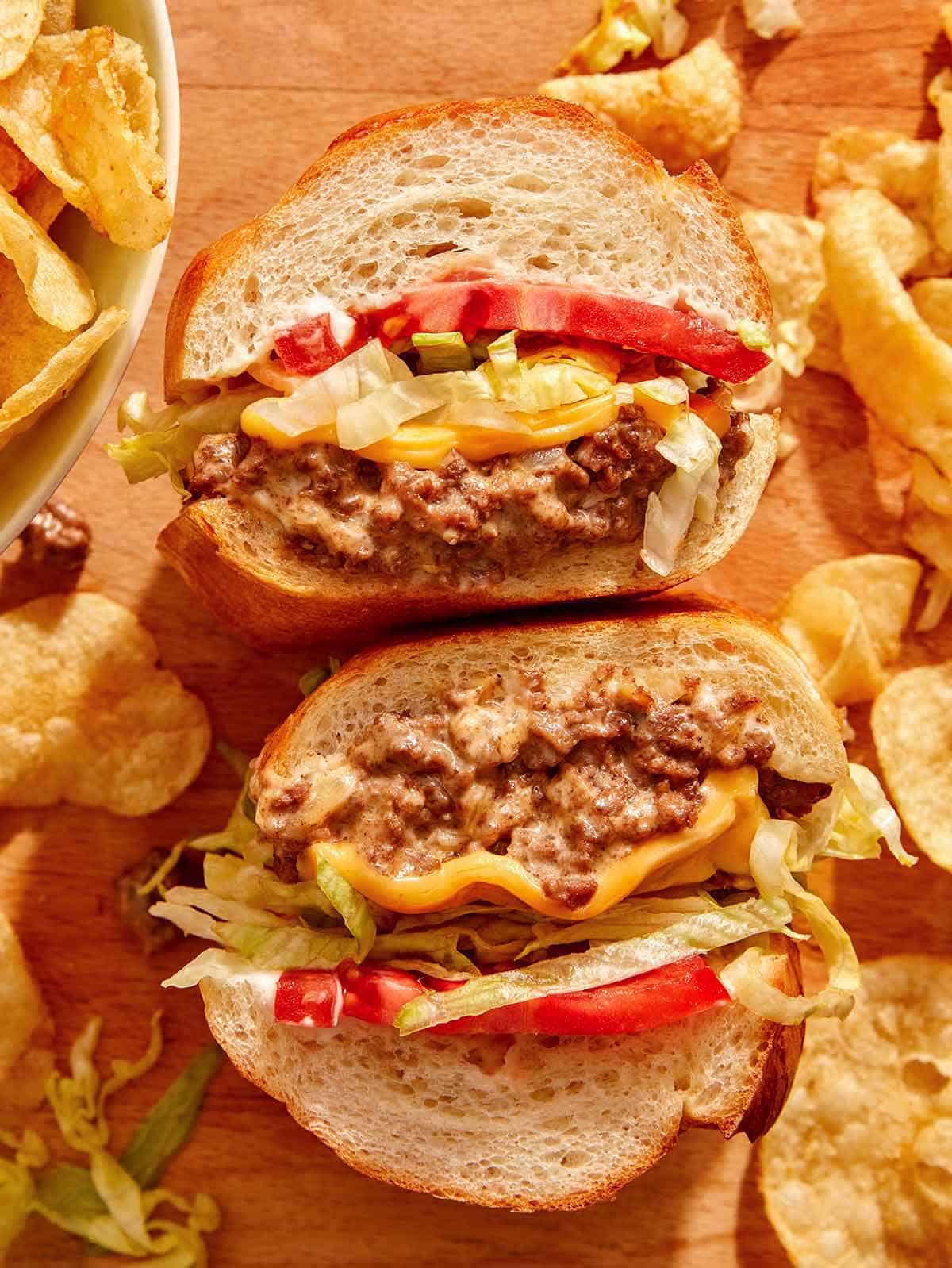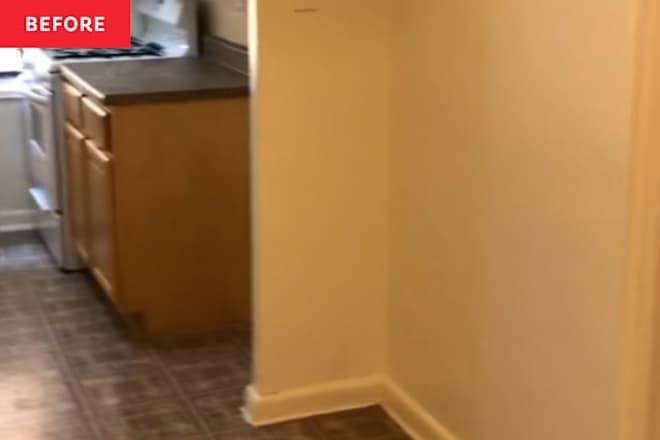Want Shrink-Wrapped Abs? Here's How to Get Shredded in Just 7 Days
If you admire Jake Gyllenhaal's ridiculously ripped transformation for Roadhouse or pore over Brad Pitt's Fight Club workout, there's no wonder you're curious how to get shredded.Here’s a secret that’ll come as both a relief and a letdown: Physiques like those of silver screen fame (think V-lines and lower abs that pop) on movie stars, underwear models, and pro bodybuilders have the life expectancy of a mayfly, which is to say a day or two after the shoot. We’re not saying it’s CGI or Photoshop that’s responsible for creating these onscreen bodies. Rather, it’s a secret, weeklong get-shredded strategy that separates people who make their living with their bodies from guys like us who just want to eat popcorn and watch them dodge bullets. Whether you’re planning a last-minute vacation or auditioning for the latest action movie, here’s a method you can follow to get as lean and hard as possible if you have low enough body fat percentage as a starting point and a baseline of muscle.Related: 15 Home CrossFit Workouts to Burn Fat and Build Muscle 1. Start Lean James Michelfelder Here’s the tough-love truth: If you can’t see your abs pretty well already, you need to diet to get your body fat down first. The shrink-wrap plan is primarily for losing subcutaneous water weight that’s obscuring definition, so if your belly hangs over your waistband, it’s going to take more than a week to get rid of it. 2. Plan Your Macros Christopher Testani You should already be following a diet to get lean and should, therefore, be aware of how much you’re eating. But to remove any guesswork, we’ll give you some numbers to hit for the week: Consume one gram of protein and 10–11 calories for every pound of your body weight; 20 percent of those daily calories should be from fat, and the remainder from carbs. (Remember to first subtract the protein calories you’re also eating from the total allowed before you calculate the number of carbs.)For example, a 200-pound guy following this program would consume 200 grams of protein per day and 2,000–2,200 calories—that’s approximately 420 calories (about 50 grams) from fat and 880 calories (220 grams) from carbs. Your protein and fat intake will stay relatively constant, but your carbs can be raised or lowered as needed (see Step 5). So, if you’re taking your shirt off on Saturday, begin following this protocol the Saturday prior. 3. Eliminate Allergens Lucas Zarbenski You may have lost significant fat already with foods like milk, wheat bread, and artificial sweeteners in your diet, but for the next week, cut these out entirely—even if you don’t think you have an intolerance to them. This is an extreme measure that isn't sustainable or necessary for most cases, but even the slightest irritation to your digestive system can cause bloating and water retention, so eliminate the risk completely. Dairy and gluten appear in numerous condiments (soy sauce, salad dressings, some brands of barbecue sauce, etc.), so to avoid a potential problem, read labels and control your intake as much as possible. Season your food with condiments such as sea salt, salsa, and balsamic vinegar instead. 4. Prime Your Muscles James Michelfelder Don’t work out later than three days before your event. If your party’s on Saturday, for example, do your last workout of the week on Wednesday—muscles bulge most when they’re flush with glycogen (the carbohydrates stored in muscle), so you need to give your body time to recover and replenish its glycogen stores before your unveiling. If you train too close to the big day, the carbs stored in your muscles will be depleted, and you’ll end up looking flat and soft. Furthermore, make sure this last workout focuses on the areas you want to highlight, such as chest and arms. Glycogen is replenished fastest in muscles that need it most—i.e., the ones that have just been worked—so if you want your pecs and biceps to pop, you have to make sure they soak up as many of the carbs you’re taking in as possible (explained in the next step).There’s one caveat, though: Don’t train your abs. (You’re welcome.) While you need to work abs most weeks, the point of workouts at this stage is to get the muscles that pump up well to swell further with increased glycogen storage. Since abs don’t get pumped like biceps or shoulders, it doesn’t make sense to drive glycogen into them—in fact, doing so can cause them to inflate too much, blurring def

If you admire Jake Gyllenhaal's ridiculously ripped transformation for Roadhouse or pore over Brad Pitt's Fight Club workout, there's no wonder you're curious how to get shredded.
Here’s a secret that’ll come as both a relief and a letdown: Physiques like those of silver screen fame (think V-lines and lower abs that pop) on movie stars, underwear models, and pro bodybuilders have the life expectancy of a mayfly, which is to say a day or two after the shoot.
We’re not saying it’s CGI or Photoshop that’s responsible for creating these onscreen bodies. Rather, it’s a secret, weeklong get-shredded strategy that separates people who make their living with their bodies from guys like us who just want to eat popcorn and watch them dodge bullets.
Whether you’re planning a last-minute vacation or auditioning for the latest action movie, here’s a method you can follow to get as lean and hard as possible if you have low enough body fat percentage as a starting point and a baseline of muscle.
Related: 15 Home CrossFit Workouts to Burn Fat and Build Muscle James Michelfelder Here’s the tough-love truth: If you can’t see your abs pretty well already, you need to diet to get your body fat down first. The shrink-wrap plan is primarily for losing subcutaneous water weight that’s obscuring definition, so if your belly hangs over your waistband, it’s going to take more than a week to get rid of it. Christopher Testani You should already be following a diet to get lean and should, therefore, be aware of how much you’re eating. But to remove any guesswork, we’ll give you some numbers to hit for the week: Consume one gram of protein and 10–11 calories for every pound of your body weight; 20 percent of those daily calories should be from fat, and the remainder from carbs. (Remember to first subtract the protein calories you’re also eating from the total allowed before you calculate the number of carbs.) For example, a 200-pound guy following this program would consume 200 grams of protein per day and 2,000–2,200 calories—that’s approximately 420 calories (about 50 grams) from fat and 880 calories (220 grams) from carbs. Your protein and fat intake will stay relatively constant, but your carbs can be raised or lowered as needed (see Step 5). So, if you’re taking your shirt off on Saturday, begin following this protocol the Saturday prior. Lucas Zarbenski You may have lost significant fat already with foods like milk, wheat bread, and artificial sweeteners in your diet, but for the next week, cut these out entirely—even if you don’t think you have an intolerance to them. This is an extreme measure that isn't sustainable or necessary for most cases, but even the slightest irritation to your digestive system can cause bloating and water retention, so eliminate the risk completely. Dairy and gluten appear in numerous condiments (soy sauce, salad dressings, some brands of barbecue sauce, etc.), so to avoid a potential problem, read labels and control your intake as much as possible. Season your food with condiments such as sea salt, salsa, and balsamic vinegar instead. James Michelfelder Don’t work out later than three days before your event. If your party’s on Saturday, for example, do your last workout of the week on Wednesday—muscles bulge most when they’re flush with glycogen (the carbohydrates stored in muscle), so you need to give your body time to recover and replenish its glycogen stores before your unveiling. If you train too close to the big day, the carbs stored in your muscles will be depleted, and you’ll end up looking flat and soft. Furthermore, make sure this last workout focuses on the areas you want to highlight, such as chest and arms. Glycogen is replenished fastest in muscles that need it most—i.e., the ones that have just been worked—so if you want your pecs and biceps to pop, you have to make sure they soak up as many of the carbs you’re taking in as possible (explained in the next step). There’s one caveat, though: Don’t train your abs. (You’re welcome.) While you need to work abs most weeks, the point of workouts at this stage is to get the muscles that pump up well to swell further with increased glycogen storage. Since abs don’t get pumped like biceps or shoulders, it doesn’t make sense to drive glycogen into them—in fact, doing so can cause them to inflate too much, blurring definition. Also, don’t do any cardio. (Again, you’re welcome.) Because you want to maximize glycogen, interval training (think HIIT workouts)—which uses stored carbs for fuel—would be counterproductive. You can do some light walking or other aerobic training if it helps you keep your sanity, but nothing that could deplete your energy. Keep it to under an hour and perform it at a very low intensity. Tom Schierlitz After your last training session (Wednesday, in this example, two full days before Saturday’s event), eat two to three grams of carbs per pound of body weight for the rest of the day. If you train at night and it’s hard to eat enough carbs before bed, you can split up the total and eat the rest of the carbs on Thursday night. Insulin sensitivity remains high for 48 hours post-workout, so glycogen will still go to your muscles. Otherwise, on Thursday, go back to the diet prescribed in Step 2. Once your muscle glycogen stores are full, they’ll remain this way for days as long as no other strength training is performed (because muscle glycogen is burned only during high-intensity exercise). Carbing up on Wednesday also gives you time to make adjustments. If you feel flat and small on Thursday or Friday, increase your carbs a bit. Bloated and soft? Cut them back a bit. Make adjustments by 25 to 50 grams at a time. Jorg Badura In an effort to look even dryer on game day, some guys will drastically cut their water intake. This only causes the body to react the opposite way, causing you to retain more water to avoid dehydration. Drink your normal amount of water up until the night before the target day, at which point you should cut it back. The day of your event, halve your water intake until you’re ready to party. This will help you appear a little tighter without giving the body time to react negatively to water restriction. Claire Benoist It’s widely known that salt causes water retention—but if you cut it completely, your body will scramble to prevent water loss. Continue to salt your food as you usually do until 24 hours before you go shirtless. At that point, avoid any extra sodium (that is, beyond what’s already in your food). When you’re ready to live it up, don’t feel guilty about having a drink. A little bit of alcohol at this stage will actually help your cause—giving you a tighter look—as it has a slight diuretic effect. Just cap it at one, maybe two. Marius Bugge Stress is known as the silent killer, but it's also a huge obstacle to getting shredded. Stress can cause gastrointestinal upset, including water retention and bloating, which will cover up all your hard work getting chiseled in the first place. When you're stressed and anxious, your digestive system can't do its job breaking down foods, and you can end up with sluggish, bloated bowels and mess with your gut microbiome, leading to ongoing stomach issues that sabotage any chances of getting shredded. Practice stress-reduction techniques on the regular with massage, relaxation, meditation, journaling, saunas, yoga, or whatever puts you in a mellow mood. Marius Bugge A lack of sleep not only makes it less likely that you'll stay motivated to stick to your 'how to get shredded' plan, but it also messes with your body's fluid balance. This means if you don't get enough sleep, you'll likely look bloated and water logged instead of tight and shredded. What's more, skipping out on Zs will put you at risk of weight gain, even if it's only for a few nights. Sleep loss changes your metabolism and hormones in ways that don't favor a lean and shredded look. So prioritize your sleep all week if you want this plan to work. Travis Rathbone Creatine is a scientifically backed supplement that, among other benefits, increases muscle size. It's also known to draw water into the muscles to make them look more full without causing bloat or water retention between the skin and muscles. Take it throughout your training and keep taking it during your 'how to get shredded' weekly plan. Marius Bugge1. Start Lean

2. Plan Your Macros

3. Eliminate Allergens
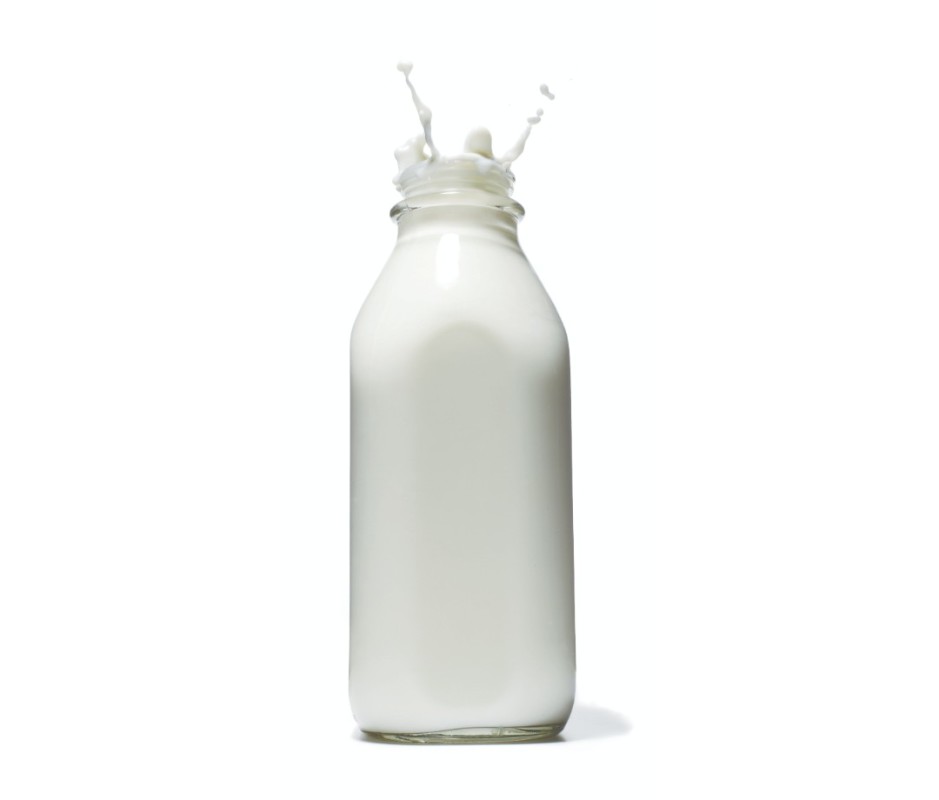
4. Prime Your Muscles

5. Keep Your Carbs Up
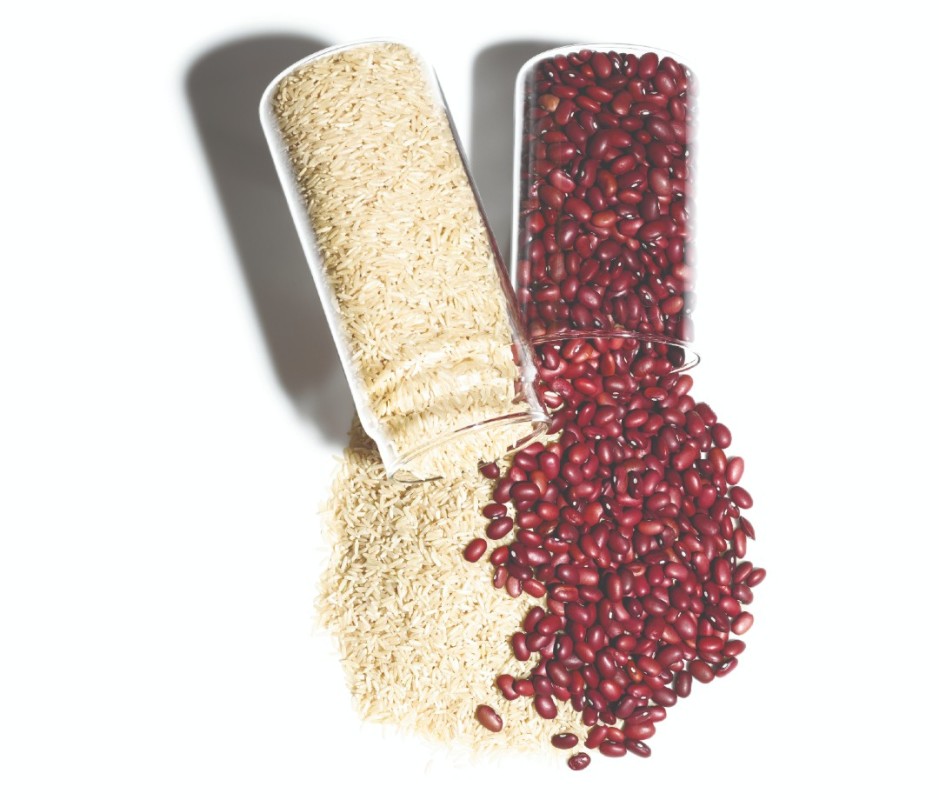
6. Stay Hydrated

7. Don't Cut Out Sodium

8. Reduce Stress

9. Get Enough Sleep

Take Creatine

How to Get Shredded Weekly Plan

Wednesday (3 days out)
Thursday (2 days out)
Friday (1 day out)
Saturday


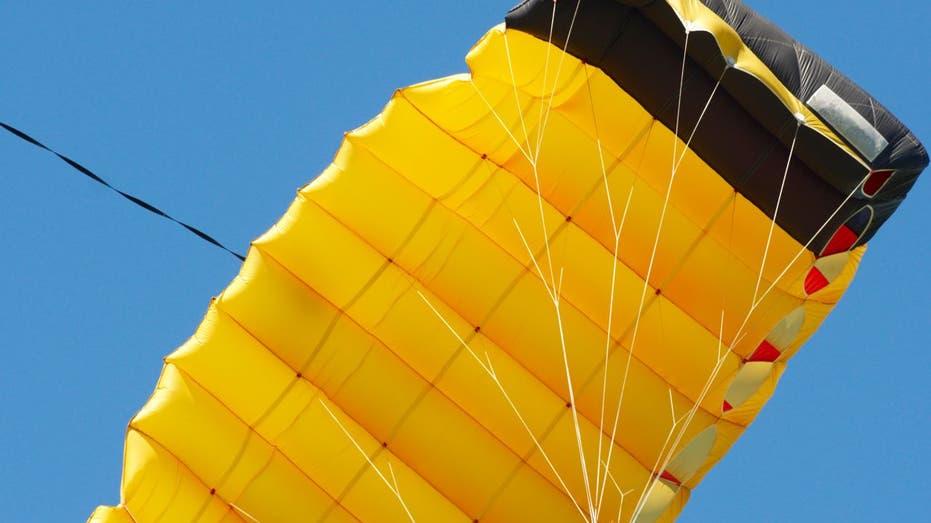






![[DEALS] iScanner App: Lifetime Subscription (79% off) & Other Deals Up To 98% Off – Offers End Soon!](https://www.javacodegeeks.com/wp-content/uploads/2012/12/jcg-logo.jpg)












